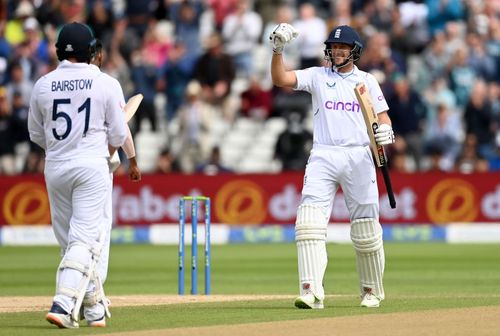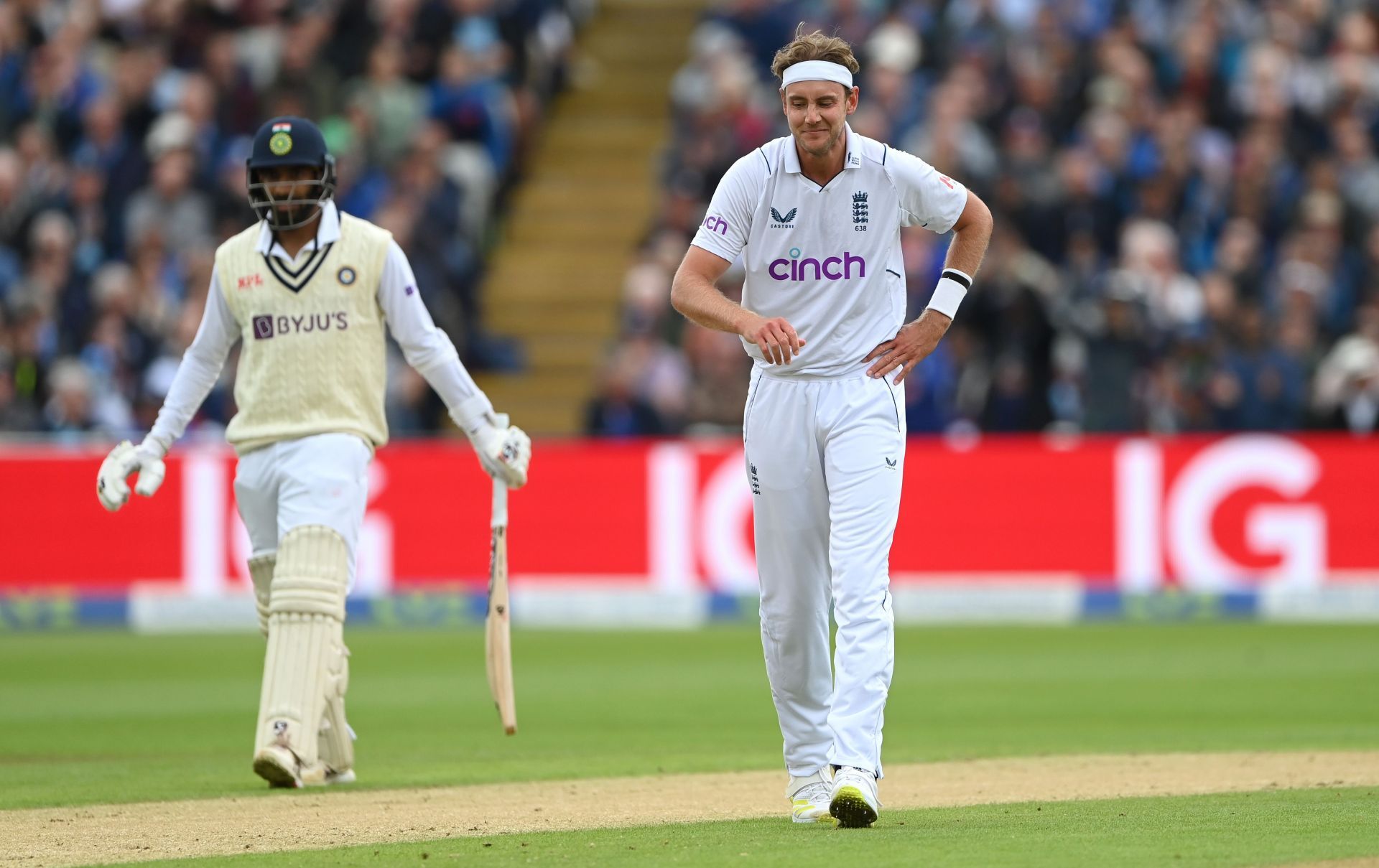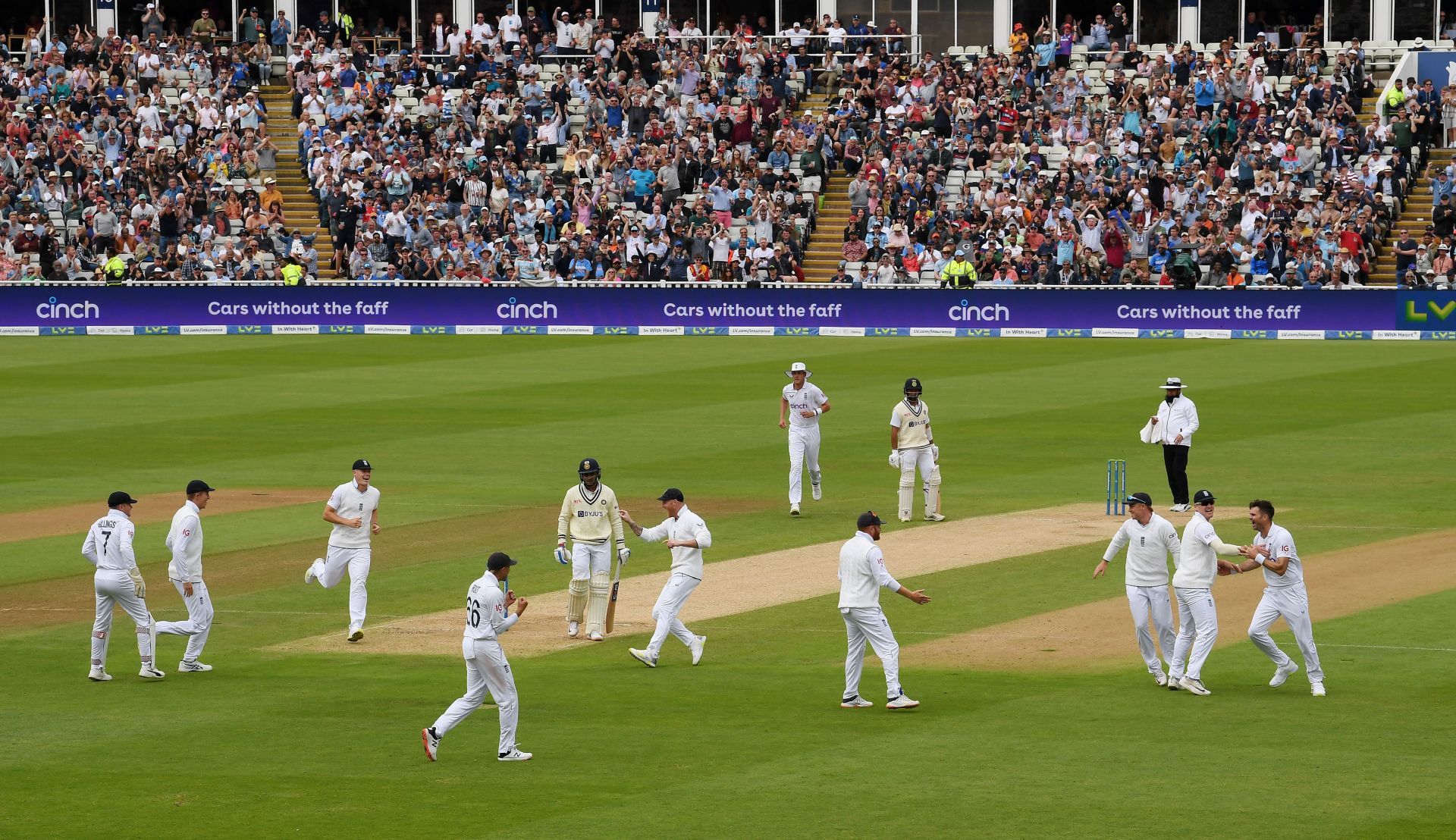
3 areas where England outplayed India in the 5th Test

The Pataudi Trophy was shared by India and England as sizzling unbeaten hundreds from Jonny Bairstow and Joe Root led the hosts to a stunning seven-wicket win in the fifth and final Test.
Heading into the rescheduled Test, India had a chance to win their first Test series in England since 2007 and even established a commanding position early in the encounter. However, Jasprit Bumrah and Co. completely lost the plot on Days 4 and 5 to squander their advantage. England, on the other hand, grabbed the opportunity with both hands to stay undefeated in the Ben Stokes-Brendon McCullum era.
Here are three areas where England outplayed India in the fifth Test.
#3 England bowled tight lines and lengths when there wasn't much on offer

The first three days of the Edgbaston Test presented bowlers with some assistance as the cloud cover on offer allowed a hint of swing and seam. When the sun eventually made more consistent appearances in the match, bowlers from both sides needed to adjust their lines and lengths accordingly.
England did that well. When there wasn't much movement, they bowled in tight areas and didn't let India find easy boundaries, especially in the second innings. Jimmy Anderson was as metronomic as ever, while Matty Potts and Ben Stokes bowled their hearts out. Stuart Broad, barring an over where he completely lost the plot, consistently threatened as well.
In contrast, India consistently dished out loose deliveries. While Shardul Thakur and Mohammed Siraj offered no penetration whatsoever, Mohammad Shami had spells where he was all over the place. Jasprit Bumrah kept things under control for the most part, but even he leaked a few boundaries on the final day. The consistency that was needed to force an error from the English batters just wasn't there.
#2 England approached the second innings with calculated aggression

Set a daunting target of 378, England needed to approach their second innings with positive intent. They did just that as Zak Crawley and Alex Lees set aside their technical difficulties and indifferent recent form to stitch together a century partnership for the opening wicket.
After a brief stutter where they lost three wickets cheaply, England recovered courtesy of the Root-Bairstow partnership. Throughout their second innings, the hosts didn't let any bad balls go unpunished to put the pressure back on the Indian bowlers.
India, on the other hand, botched their second innings badly even though they were in a commanding position. The lower order was brushed aside with ease and the middle order - barring Rishabh Pant - didn't offer much resistance. More importantly, India's gameplan in the second innings wasn't clear at all. They neither looked to attack nor looked to grind down the English attack, thereby giving the hosts a chaseable target.
#1 England used their pacers far more effectively

In the absence of names like Jofra Archer and Mark Wood, England's pace attack didn't have much pace to speak of. However, Anderson, Broad, Stokes and Potts stepped up admirably to perform the roles they were given. Anderson and Broad looked for wickets up top, while Potts bowled nagging lines and lengths. Stokes, as an enforcer, banged the ball short at times and looked to produce something out of the ordinary.
Unfortunately, India couldn't do the same. Bumrah and Shami didn't bowl in tandem in key phases of the match, such as after session breaks and before the close of play. Thakur and Siraj didn't have specific roles assigned to them as they constantly dished out freebies. The length of the fast bowlers' spells also came into question, with them bowling only four overs on the trot in the second innings at times.
Overall, England's usage of their limited pace attack was commendable while India were thoroughly outplayed in that regard.